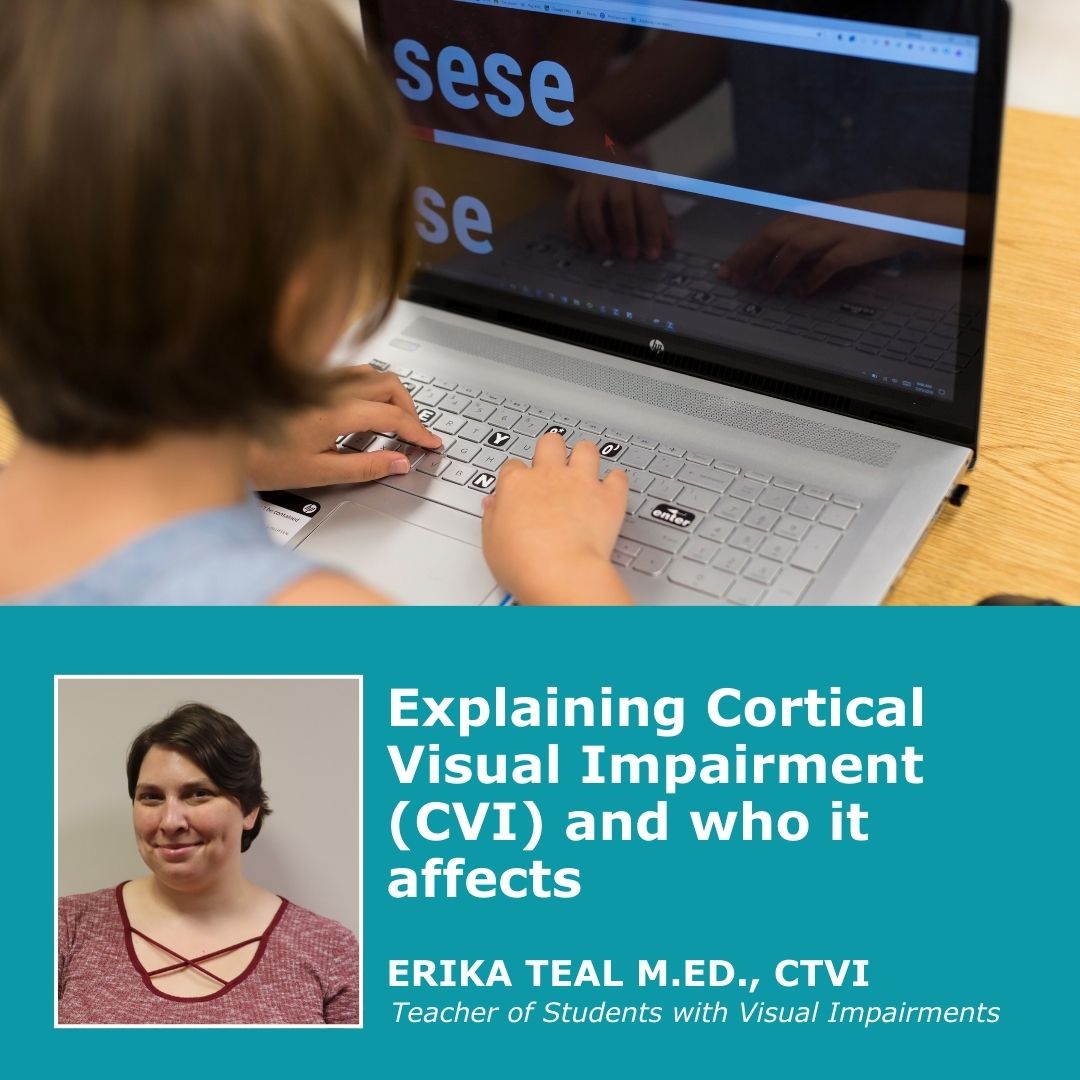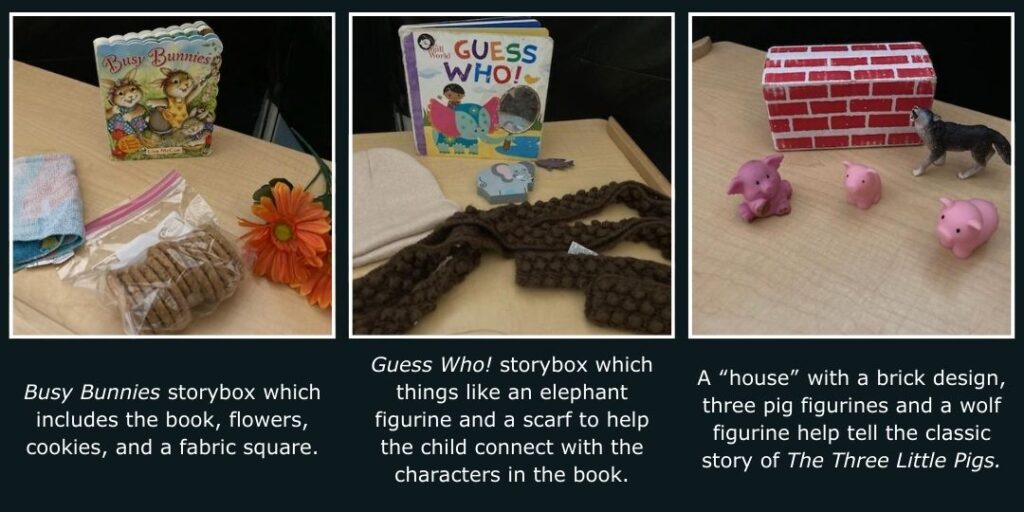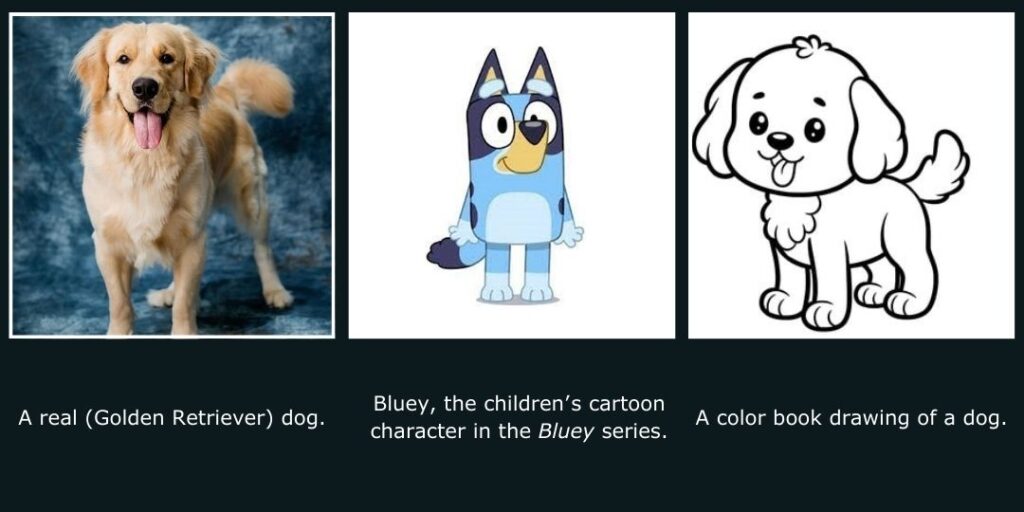
In honor of Cortical Visual Impairment (CVI) Literacy Awareness Month, this article helps explain what CVI is, who is affects, and how specialists, like those at Future In Sight, are helping individuals living with this visual impairment.
What is Cortical Visual Impairment?
CVI (cortical visual impairment) is a brain-based visual impairment. While it can be concurrent with ocular (eye-based) visual impairments, CVI is more about what the brain can interpret than what the eyes can see. The CVI experience can vary significantly from person to person, impacting their vision in different ways from other people with CVI. As such, vision specialists like Teachers of Students with Visual Impairments (TVIs) and Certified Orientation and Mobility Specialists (COMS) must get to know their students as individuals to come up with the best strategies for teaching them.
Where to Begin: The Learning Media Assessment
The foundation of teaching literacy in all students is the Learning Media Assessment, or LMA. This is an evaluation conducted by a TVI that centers around finding the best ways the individual student processes media, including text, audio, pictures, and more. The assessment focuses on the three main learning channels: visual, audio, and tactile. An assessor will draw conclusions about the ways in which these channels are used, and which ones will be most helpful for supporting literacy comprehension.
People with CVI may have difficulties with visually processing text and images, so it is essential to consider all media channels. While some people with CVI may be able to read regular or modified text, others may prefer to listen to stories or even read braille so they rely less on their vision. On top of that, their vision can fluctuate depending on the circumstances, so braille may be best for one day while vision can be used on another. TVIs must get to know their students and ensure there are a variety of ways to access literature.
Manipulatives and Storyboxes
For some students with CVI and other visual impairments, having objects and manipulatives – physical objects that students can touch and move to help them learn and understand abstract concepts through hands-on experience – to accompany stories can help with concept development. If the story is about going on a picnic, having actual utensils and fabric for a picnic blanket can be more relatable than mere pictures of these same objects. A song about ten little monkeys jumping on the bed may be easier to follow along with if the student can remove tokens from the scene rather than visually keeping track of the monkeys. Words such as “over” and “under” can be a lot more meaningful if the student can move an object to demonstrate them. Storyboxes, or a set of objects used to represent key elements, characters, and things in the story, can be very helpful in supporting literacy and story comprehension.

Interpreting Pictures
Some people with CVI have difficulty interpreting abstract picture representations of common things. This is called “form inaccessibility.” A student with CVI may have a pet dog, but not understand that the popular children’s cartoon character, Bluey, is a dog. They may have difficulty recognizing a dog as a dog in a coloring book or picture book. Because of this, TVIs will often recreate stories using realistic pictures of animals and objects so their students can gain more meaning from the image. For example, a story about a dog visiting a school could feature photographs of a dog and buildings. It helps to personalize these stories, using photos of a familiar pet and the student’s school. TVIs use apps like Book Creator or software like PowerPoint to design these books.

Conclusion
Reading comprehension is a fundamental skill that can ripple out into all areas of education. Students with CVI deserve access to reading for learning and for pleasure just as much as any other student. With a little creativity and a lot of teamwork, a student’s support group can develop specialized strategies to make reading fun!
If you or someone you love is experiencing vision loss and could benefit from our services, please contact Future In Sight at [email protected] or 603-224-4039 today!
About the Author: Erika Teal, M.Ed., CTVI is a Teacher of Students with Visual Impairments at Future In Sight

